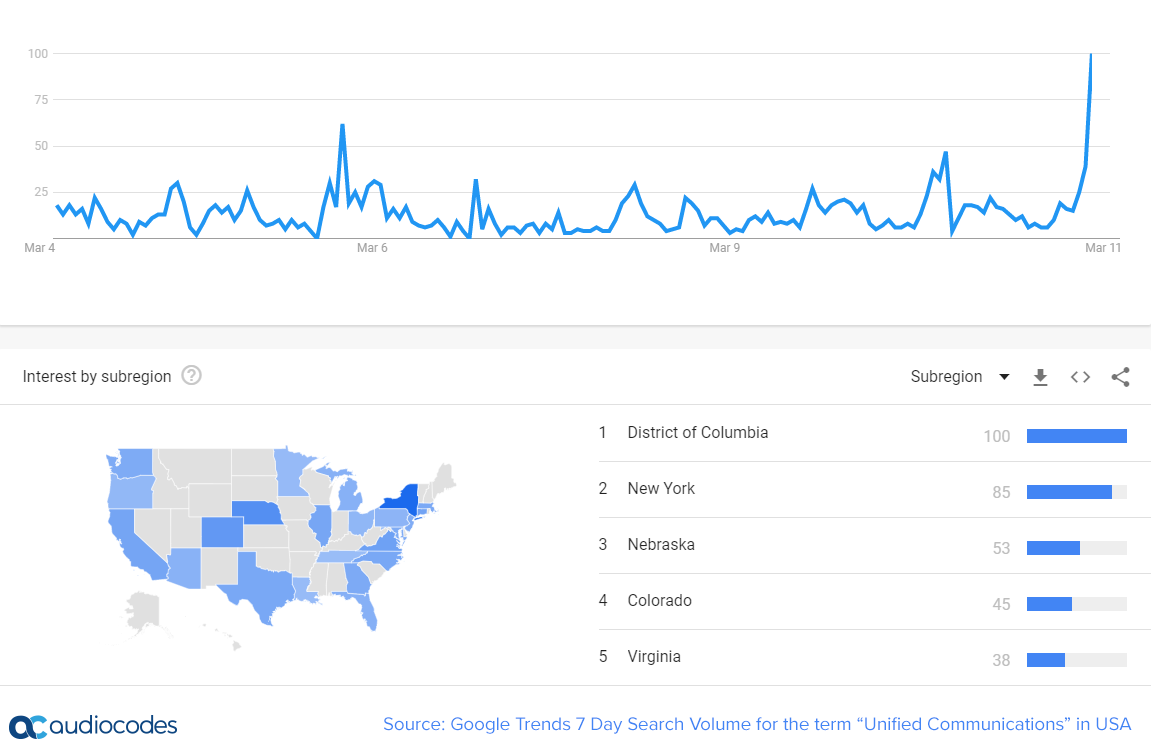The threat of the Coronavirus pandemic is not only emerging as the new undeniable reality – the story is unfolding on the world stage in real time at an alarming pace. Unfortunately, the world is learning to accept the remedy is not nearly as dramatic as the symptoms caused by the onset of COVID-19. As doctors and scientists race to identify treatment and eventually a vaccine, everyone else is learning to accept that our health depends on mundane and subtle changes to behavior.
As we all change our daily habits while minimizing personal contact, millions are in total lockdown facing an extended period of physical isolation at home. Still, life must go on.
Not only is an overwhelming majority of the population healthy and productive, the technologies that enable everyone to work from home effectively are largely in place. Staying productive simply means acknowledging the new reality, and implementing the technology stack most organizations are already in the process of adopting – namely VPNs, SaaS applications, and Unified Communications platforms. All eyes and ears are turning to video collaboration and unified communications as the key enabling technologies to sustain business continuity for an extended period of time.
According to Google Trends data, searches for the term “unified communications” in the United States have doubled as of this writing. As expected, most searches are localized in Washington and New York state – the regions most severely affected by the virus.

Source: Google Trends 7 Day Search Volume for the term “Unified Communications” in USA
Several leading vendors of unified communications platforms have announced revised free pricing plans to ease adoption and sustain business continuity.
However, it’s important to note that while video collaboration capabilities are a subset of unified communications, the term “video” can be deceptive. Much like any immersive media experience, a remote meeting that fails to deliver clear voice quality cannot begin to approach the superior experience that is confined to a single physical space – regardless of image clarity. If remote participants are unable to follow the conversation as well as anyone else in the room – they are effectively excluded from the meeting. As the world’s population accepts the new reality of remote meetings conducted across multiple regions, the impact of voice quality on enterprise productivity becomes crystal clear.
No organization can ensure business continuity without empowering the workforce with the technologies that enable continuous productivity.
Addressing the challenge means taking a closer look at the basics of the remote meeting experience and work-from-home mobility – starting with voice quality, video collaboration capabilities, and their role in enabling AI applications.
Want to learn more about the role of voice quality in enabling the meeting experience?
Download the white paper
Why Voice Quality Enables an Effective Meeting Experience




